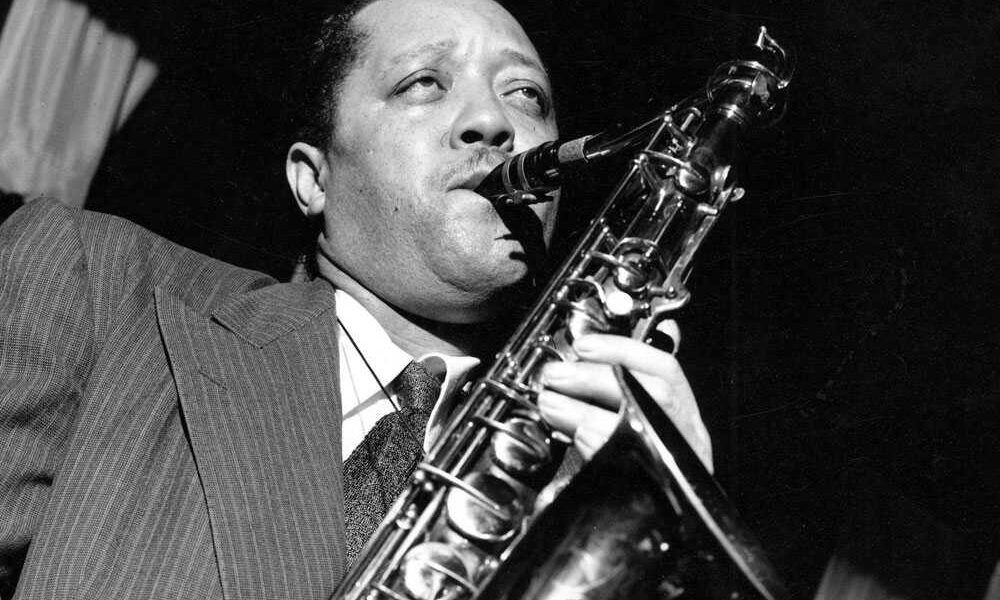The saxophone is a versatile instrument that can be played in a variety of styles, from classical to jazz, from blues to pop, and everything in between. As a result, saxophonists have the ability to express themselves in a unique and personal way through their playing. In this blog, we will explore the different playing styles of saxophonists and what makes each one unique.
Classical Saxophonists
Classical saxophonists are highly trained in classical music and greatly understand the traditional European style.
They are often employed by orchestras or chamber ensembles and must be able to blend their sound with that of other instruments. Classical saxophonists require technical mastery of techniques such as fast runs, ornamentation, trills, and big leaps in pitch to produce a distinct yet cohesive sound.
Many pieces written for the saxophone were specifically composed with these techniques in mind; therefore, it is important for classical saxophonists to understand how they should be used.
Additionally, some jazz standards can also be adapted into the classical genre when played by a talented classical saxophonist who understands both styles.

Jazz Saxophonists
Jazz saxophonists are renowned for their ability to improvise and “swing” a piece of music. They typically have a more relaxed and warm tone to their sound which allows them to give standard jazz tunes their own interpretation.
Compared to classical musicians, jazz saxophonists have more freedom to express their individual style, resulting in a full and strong sound.
Improvisation is a necessary aptitude for all jazz musicians, giving them the opportunity to create unique solos without hesitation. Jazz saxophonists must be able to think on their feet and make each performance memorable through their playing style.
Blues Saxophonists
Blues saxophonists are known for their soulful, emotional playing style.
They often play with a rough and raw tone, characterized by the use of vibrato and growling techniques.
Blues saxophonists are known for their ability to convey strong emotions through their playing, and their solos often tell a story or express a particular feeling.
Blues saxophonists often play in a more straightforward manner, with a focus on rhythm and groove, rather than technical virtuosity. They often play with a “less is more” mentality, relying on simple and direct phrasing to convey their message.

Pop and Rock Saxophonists
Pop and rock saxophonists often play in a more straightforward and punchy style, characterized by short, to-the-point solos and strong melodies.
Pop and rock saxophonists must be able to play with a lot of energy and enthusiasm, and must be able to add excitement to the music with their playing.
They often play in a more melodic and straightforward manner, with a focus on delivering a memorable and catchy melody. Pop and rock saxophonists must be able to adapt to a wide range of musical styles and must be able to play in many different musical settings, from recording studios to large arenas.
Fusion Saxophonists
Fusion saxophonists are known for their ability to blend different musical styles and create new and unique musical blends.
Fusion saxophonists often draw on elements of jazz, classical, and rock music to create their own unique sound. They are often highly skilled improvisers and are able to blend different styles and techniques in their solos.
Fusion saxophonists must be able to think outside the box and must be able to experiment with new sounds and ideas. They often play with a lot of energy and intensity and must be able to bring excitement to the music with their playing.
Conclusion
In conclusion, saxophonists have the ability to express themselves in a unique and personal way through their playing style. Whether it is classical, jazz, blues

